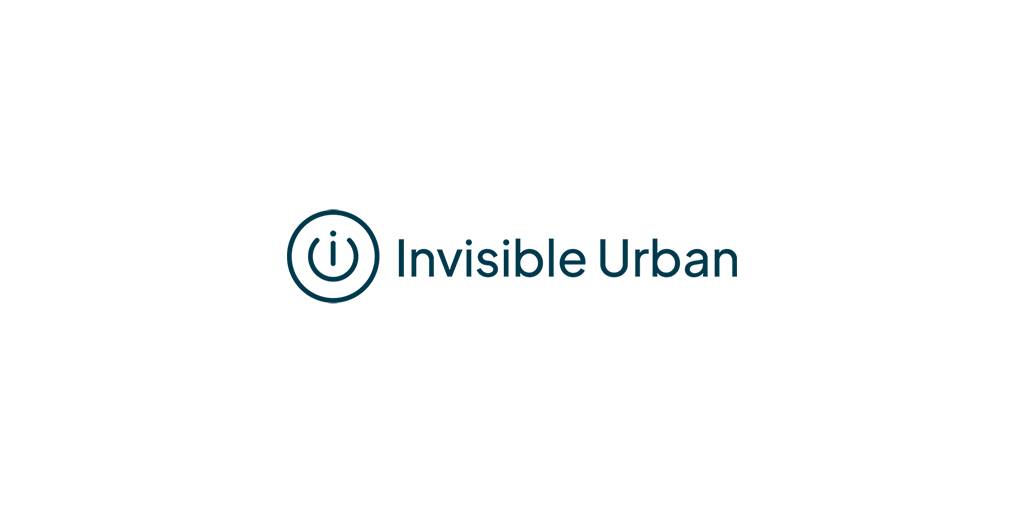BGE, Germany’s federal agency for waste disposal, has taken what it says is the first important step towards the closure of the Gorleben mine in Lower Saxony with the award of contracts to backfill the mine using the salt originally excavated as part of plans for a nuclear storage project.
A consortium consisting of Redpath Deilmann GmbH and Thyssen Schachtbau GmbH Germany have been awarded with the work, with the pair expected to commence operations once mining permits have been obtained – currently estimated for mid-2024. The backfilling work is expected to take three years.
Redpath Deilmann sunk two exploration shafts at Gorleben to investigate its potential as a final disposal for nuclear waste using the ground freezing technique. These two shafts, sunk from 1986-1999, were 7.5 m in diameter and went down to depths of 933 m (Shaft 1) and 843 m (Shaft 2).
In September 2020, the Gorleben salt dome was withdrawn from the list of potential sites for a nuclear repository due to geological reasons based on an interim report by BGE. Following this, the Federal Ministry for the Environment, Nature Conservation, Nuclear Safety and Consumer Protection commissioned BGE to close the mine.
The original shaft sinking saw salt transported to the surface, which has since been stored in the immediate vicinity of the mine. Around 400,000 t of rock salt is currently stored there on a salt heap, which is now to be used to backfill the mine.
Dr Thomas Lautsch, Technical Managing Director of BGE, said: “By signing the contract, we are taking the first big step towards closing the mine in Gorleben. The striking salt heap will now gradually disappear and the exploration mine will be filled step by step.”
The Gorleben mine will be closed in phases. After the mine has been backfilled, the two shafts will be backfilled via another construction contract (phase 2) yet to be tendered. In a final order, the site will be made usable again (phase 3).




